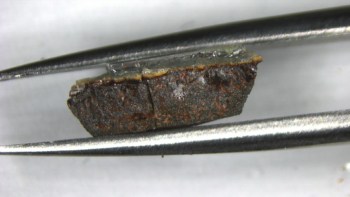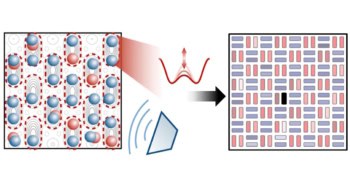Ice melts at 0°C, right? Not necessarily, according to Alexander Wissner-Gross and Efthimios Kaxiras at Harvard University in the US. The pair used computer simulations to show that diamond surfaces implanted with sodium atoms can sustain very thin layers of ice at temperatures up to 37°C. The frosty covering could help to make artificial medical implants more compatible inside the human body, say the researchers (Phys. Rev. E 76 020501).
Thanks to their resistance to wear, thin diamond coatings are being used in a growing number of medical implants such as artificial heart valves, prosthetics and joint replacements. However, diamond is limited in its potential because it is more likely to cause blood clotting and tissue abrasion compared with other materials.
Wissner-Gross and Kaxiras think these problems could be solved if a layer of sodium atoms were covalently bonded to the surface carbon atoms in diamond beforehand. By encouraging dipole interactions with the surface, this sodium layer would allow a layer of water over 2 nm thick to stay frozen on the surface, thus providing a biologically-compatible shield from the diamond beneath. Although experiments have produced nanoscale ice at room temperature before, this theoretical result shows that it could have a practical application.
The Harvard team came to this conclusion after simulating the attractive and repulsive interactions between atoms at the surface of the film. From this simulation they could extract the Lindemann parameter, which shows — at a certain temperature — how the size of the relative motion of water atoms changes over time. If the Lindemann parameter steadily increases after the simulation is started, it shows that the order in water’s structure is reducing, and therefore that the water is melting. If on the other hand it tails off to a steady value, the water stays frozen.
Wissner-Gross and Kaxiras found that the unusual amount of dipole interaction between the water molecules and the diamond-sodium surface meant that an ice film 2.6 nm thick could be sustained at 25°C, and that at 37°C — that is, at humans’ body temperature — the thickness could be 2.2 nm.
According to the American Physical Society, which publishes the journal in which the researchers’ study appears, a short film of their simulations won them the 2007 Materials Research Film Festival.



